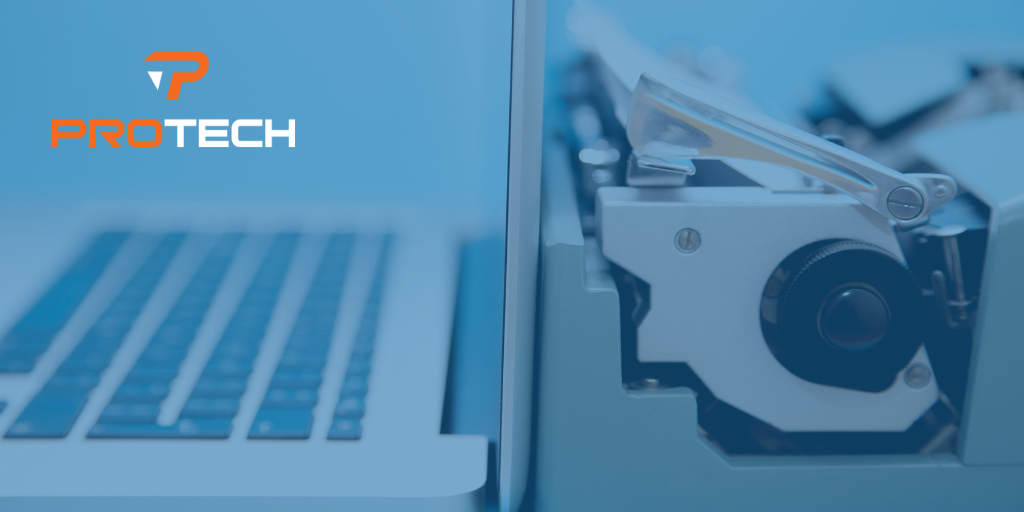In today’s world, where cloud solutions seem to be the future, it is still important to maintain and upgrade your hardware infrastructure. These devices are used for day-to-day operations and are essential to your business.
There is a point when your computer’s hardware becomes obsolete, end of life, or end of support. This basically means the device is unable to perform efficiently or lacks the support needed to maintain a secure environment. Being proactive in the replacement of these older pieces of hardware is key. Over 50% of small business disasters are the result of hardware failures which causes and can lead to low productivity and lost profits
Reasons to Refresh
To avoid hardware failures, it is important to implement a hardware refresh cycle strategy for your business. The first step in this process is to determine if your hardware needs to be replaced. There are two things to look for when evaluating your current hardware: performance and recurring issues.
Performance is evaluating how your equipment is running. When your system begins to perform slowly, it directly affects your productivity. Performance issues can be caused by several different factors such as software issues or overloaded hardware. In some cases, your problem could be resolved by adding additional resources to your existing hardware. This could be as simple as an upgrade, but often that doesn’t completely fix the performance issue.
When an aging system begins to have recurring issues, it can lead to complete system outages. These outages directly affect your businesses productivity and the bottom line. When an outage occurs repeatedly, it moves from being an isolated incident to a problem that needs to be immediately addressed.
Hardware Lifespan
Keep in mind that the lifecycle of a machine is dependent on its role in your business, but it’s always a good idea to replace hardware when it reaches its warranty coverage maturity date. It’s usually advised to replace workstations every three to four years. Servers tend to have a longer lifecycle than workstations. Best practices for server replacements could be every five to seven years depending on the server role, applications running on it, and the level of growth of your data.
Recommended refresh periods for other pieces of hardware (firewall, switches, etc.) are dependent on several factors. If added security is needed, then upgrades to your firewall are the first step. Your firewall is just the first line of defense; there are several additional services that can be provided to help secure your environment. If faster connection speeds are needed, then upgrading switches would be advised. You should engage your trusted IT advisor to evaluate your hardware and offer suggestions for moving forward
Whether it’s a workstation, server, or core network equipment, all hardware has a lifecycle. By implementing a refresh cycle strategy, you can drastically decrease the likelihood of outages and future downtime. Evaluate your current environment and work with your trusted IT professional to develop a refresh plan.









